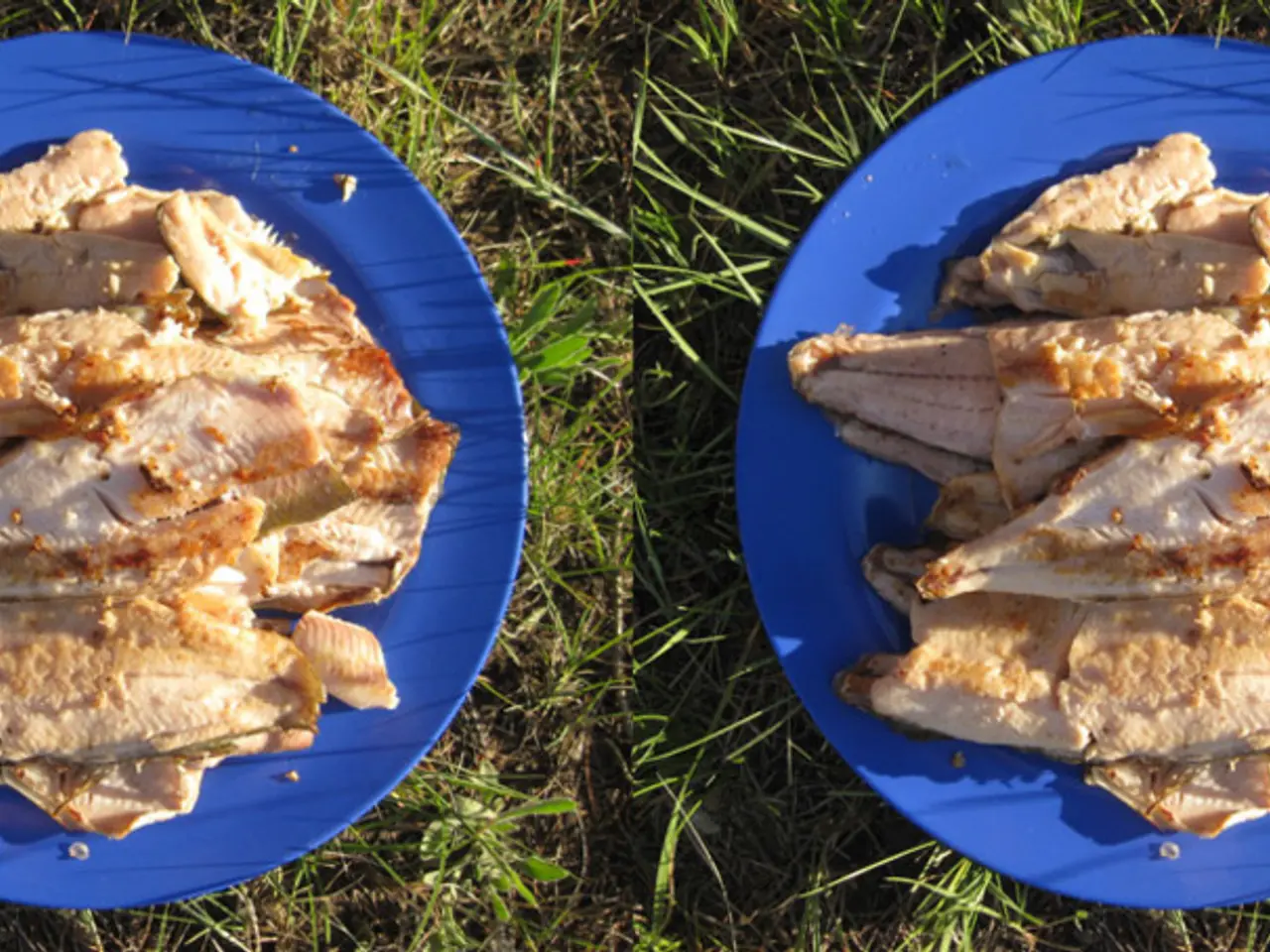Strategic Analysis of Layered Link Building!
In the cut-throat world of SEO, link building continues to hold a significant position in boosting a website's search engine rankings. Over the years, diverse strategies have cropped up, with tiered link building being one of the most debated yet efficient techniques. But similar to all SEO approaches, the effectiveness of this method depends on a thorough comprehension and moral implementation.
So, what exactly is Tiered Link Building?
Tiered link building is a multi-layered link-building strategy, which means creating backlinks to your backlinks. Instead of only generating links that point directly to your website, you're establishing multiple levels or "tiers" of links that interconnect before reaching your primary site.
- Tier 1: Links directly to your website.
- Tier 2: Links to your Tier 1 links.
- Tier 3: Links to your Tier 2 links, and so on.
But why would you want to opt for Tiered Link Building?
The primary motive behind tiered link building lies in power distribution. When Tier 3 links are established, they pass on some of their power to Tier 2. Tier 2, being already potent and further strengthened by Tier 3, passes on this consolidated power to Tier 1, which finally directs all this amassed authority to the main website.
Perks of Tiered Link Building
- Control Over Link Juice: The tiered model allows you to control the flow of link juice and determine the manner in which authority gets transferred to your main site.
- Diversification: A tiered strategy inherently involves linking from various sources, promoting a diverse backlink profile, which Google often favors.
- Protection Against Penalties: Since not all links directly point to your main site, the risk of penalties from potentially low-quality Tier 2 or Tier 3 sites is reduced.
Crafting a Tiered Link Building Strategy
- Content Creation: The foundation of this strategy is high-quality content. Whether articles, infographics, or videos, the content needs to be valuable to generate Tier 1 links.
- Select High-Quality Tier 1 Sites: These are the sites that link directly to your main website. Ensure they are authoritative, have high domain authority, and are contextually relevant.
- Diversify Tier 2 and 3: Consider blog comments, forum posts, and article directories for these tiers. While these may be of lower quality, their power is in their number and the authority they channel upwards.
- Interlinking: Make sure Tier 2 links are pointing to Tier 1 content and Tier 3 to Tier 2. This creates the funnel for channeling link juice to the main website.
Drawbacks and Ethical Concerns
- Spam: Continuously stay away from the line between tiered link building and link farming. Ensure your tiers aren't just a network of low-quality, spammy links.
- Automated vs Manual: While automation tools might expedite the process, they can also generate low-quality links that could harm your strategy. Manual efforts, though time-consuming, often yield better results.
- Link Quality: Frequently audit your link tiers to ensure they remain active, relevant, and penalty-free.
In a Nutshell
Tiered link building isn't just about creating numerous backlinks. It's an astute SEO approach, where links are systematically structured to channel authority and boost a website's ranking potential.
When executed right, this strategy can offer a competitive edge, but it demands continuous monitoring, adapting to the latest SEO trends, and a sharp focus on delivering true value through each link.
Technology plays a crucial role in automating the process of tiered link building, streamlining the creation and management of multiple layers of backlinks.
Effective implementation of tiered link building relies heavily on the distribution of power among different layers of links, with each tier passing on its authority to the one above, ultimately boosting a website's search engine rankings.




